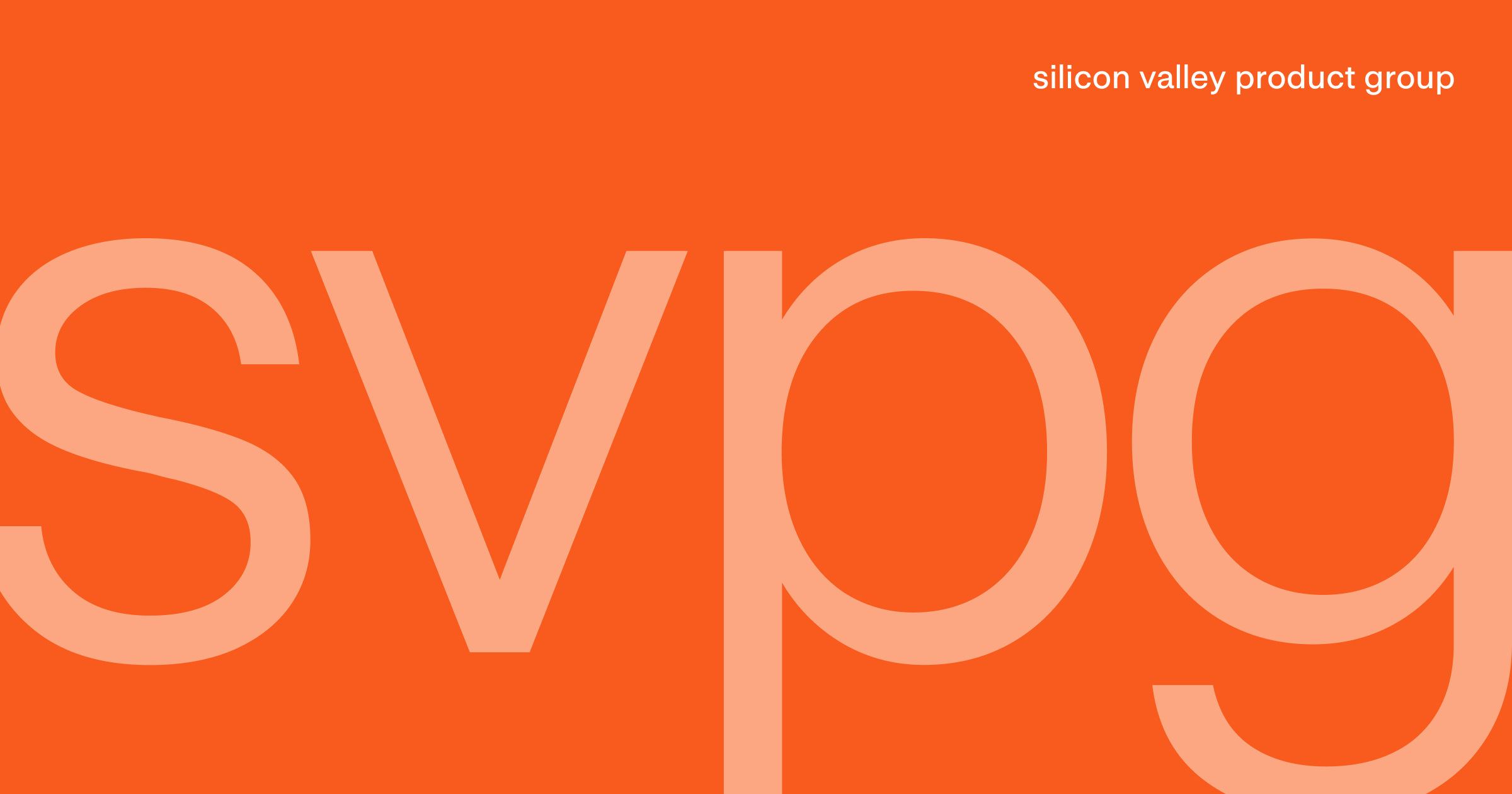
Dual-Track Agile | Silicon Valley Product Group
The author advocates for a methodology called Dual-Track Agile, which emphasizes continuous discovery and delivery to improve product development efficiency. Traditionally, Agile teams often experience slow velocity and high waste due to poorly defined backlog items and a lack of validation during the sprint. Dual-Track Agile aims to address these issues by paralleling discovery and delivery tracks.
The discovery track focuses on rapidly generating validated product backlog items through collaboration between product managers, designers, and lead engineers. This collaborative approach, known as Lean UX, utilizes prototypes to validate product ideas before any production code is written. Unlike traditional waterfall processes where validation occurs after release, Dual-Track Agile promotes validation during the discovery phase, leading to faster feedback loops and reduced waste. By adopting this methodology, teams can achieve faster iteration, improved collaboration, and ultimately, better business outcomes.
UPDATE: Starting with the publication of INSPIRED V2, I stopped using the term “Dual-track Agile” because the phrase made people focus far too much on process, and not enough on the principles. I wrote why this is the case here. So instead I started using the terms Continuous Discovery and Continuous Delivery.
When I first start working with an Agile product team, one of the most common situations I find is where the teams have long and frustrating Sprint planning meetings because backlog items are poorly defined and not well understood; they have slow velocity as well as poor design because details are still being worked out during the Sprint; and the amount of waste and rework is very high because backlog items have not been validated.
Remember that our higher order objective is to validate our ideas the fastest, cheapest way possible. Actually building and launching a product idea is generally the slowest, most expensive way to validate the idea.
Which is why I’m a big advocate for what is sometimes referred to as Dual-Track Agile (aka Dual Track Scrum, Fake It Before You Make It, Build Things That Don’t Scale/Build Things That Do Scale, Move Fast/Don’t Break Things, Continuous Discovery/Continuous Delivery, etc.).
I used to refer to this as simply Discovery Sprints, but that has an implication of time-boxed Discovery, and also serialization of phases. Jeff Patton first shared with me the term “Dual-Track Scrum” and I prefer this term because it better captures the parallel nature of Discovery and Delivery.
The Discovery track is all about quickly generating validated product backlog items, and the Delivery track is all about generating releasable software.
Another reason I like the Dual-Track Agile metaphor is that I find many people essentially doing little mini-waterfalls within their Scrum framework. The product manager does some kind of “requirements” work, and that is passed to a designer that does his designs and generates his artifacts (usually annotated wireframes), and then that is handed off to the delivery team to build and test.
In contrast, in Dual-Track Agile, the work flow is not characterized by each role delivering artifacts on to the next step; rather it is collaborative – the product manager, designer and lead engineer are working together, side-by-side, to create and validate backlog items.
Readers of these articles know how important I consider user experience design, but one of the difficulties for many Agile teams is that the rhythm and pace of Agile can be very difficult on traditional UX teams. This is why I’m a fan of Lean UX. Lean UX and Dual-Track Agile are made for each other. Rather than focus on artifacts, we focus on prototypes and validating those prototypes in Discovery, with the added benefit that the prototype serves as the spec for Delivery.
Most importantly, unlike a Waterfall process where the validation happens after release, in Dual-Track Agile, we are validating during Discovery. In the principle of validating as fast and cheap as we can, much of the time we can in fact do our validation before we write any production code, in the spirit of “fake it before we make it.”
So if your product team is frustrated by the amount of waste and the slow pace in achieving actual business results, consider trying out Dual-Track Agile. See if this can inspire a level of collaboration, rapid iteration and validation that results in much better work.